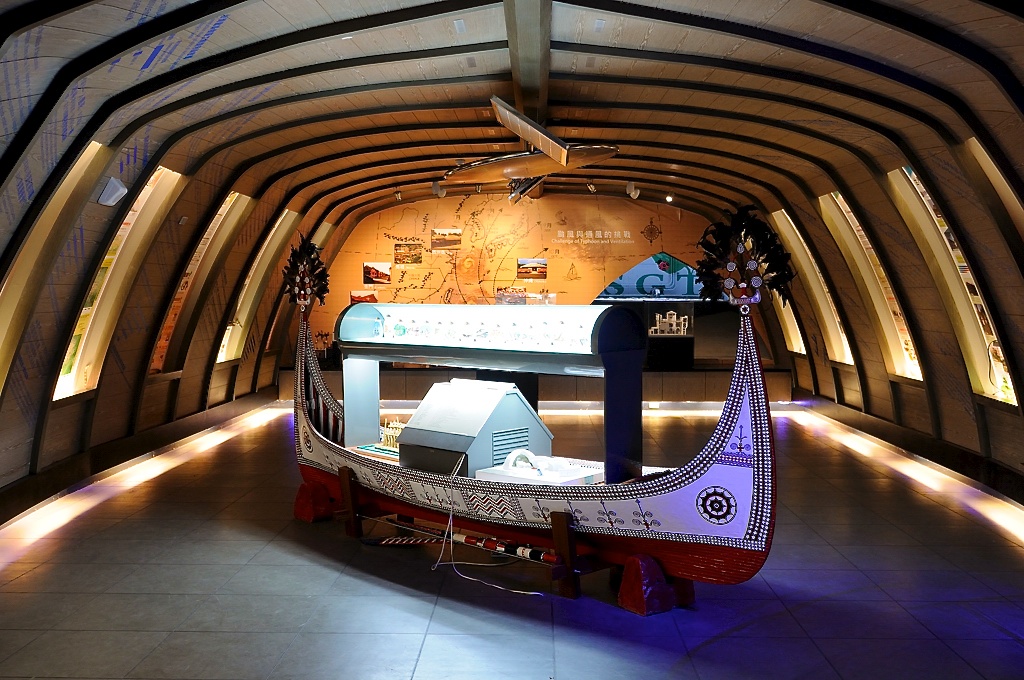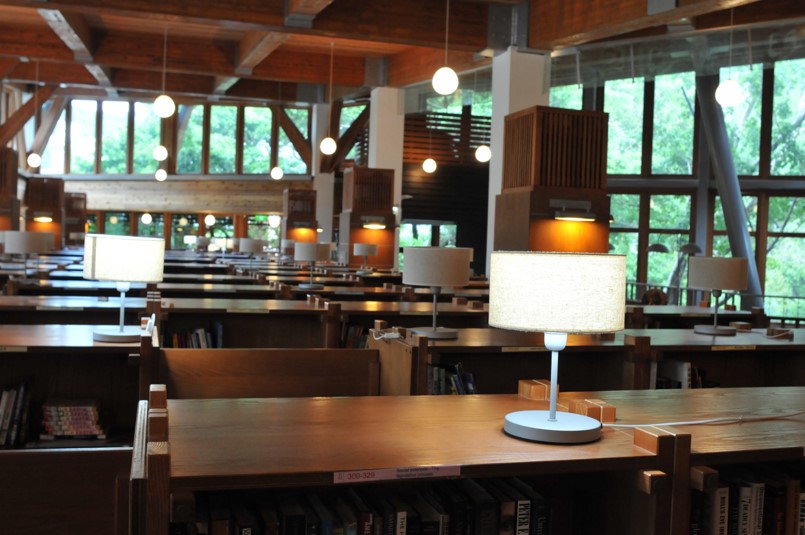Green Building Labeling evaluation
If energy-saving is successfully implemented,
it won't just save money and energy,
but also protect the environment.

In 2009, the Architecture and Building Research Institute, Ministry of the Interior, set up a Green Building Labeling evaluation (EEWH) system covering Ecology, Energy saving, Waste reduction, and Health, in light of the subtropical climate characteristics of high temperature and high humidity native to Taiwan. As of 2012, the original evaluation version of the Green Building Labeling has been expanded to cover 5 basic categories of building type, including basic, accommodation, factory building, old building renovation, and community environments. Thus, Taiwan has set itself apart as officially creating a milestone for green building classification evaluation. In order to both meet international demand and expand the scope of evaluation for green buildings across Taiwan, we implemented an "international version" of our evaluation manuals on July 1st, 2017, marking it as the 6th edition of the evaluation manuals. By doing so, this version aims to enhance competitiveness and business opportunities on the global market for Taiwanese enterprises.

The purpose of Green Building Labeling is to provide an identification mark for general consumers to judge if the houses they live in comply with the concepts of eco-friendliness, energy saving, waste reduction, health, environmental protection, and environmental sustainability. In order for buildings to acquire the "Green Building Labeling", they have to cut water consumption by at least 30% and electricity by at least 20%. When designing green buildings, aside from just saving on water and electricity consumption, landscaping and water conservation as part of the building design are taken into account to enhance the surrounding environment and reduce both the “urban heat island effect” and the emission of carbon dioxide, which benefits both building users and those that share the surrounding area.

| Mr. Wang | Phone |
| +886-2-8667-6111 # 135 | |
| hunter7550@tabc.org.tw |
6DBA53